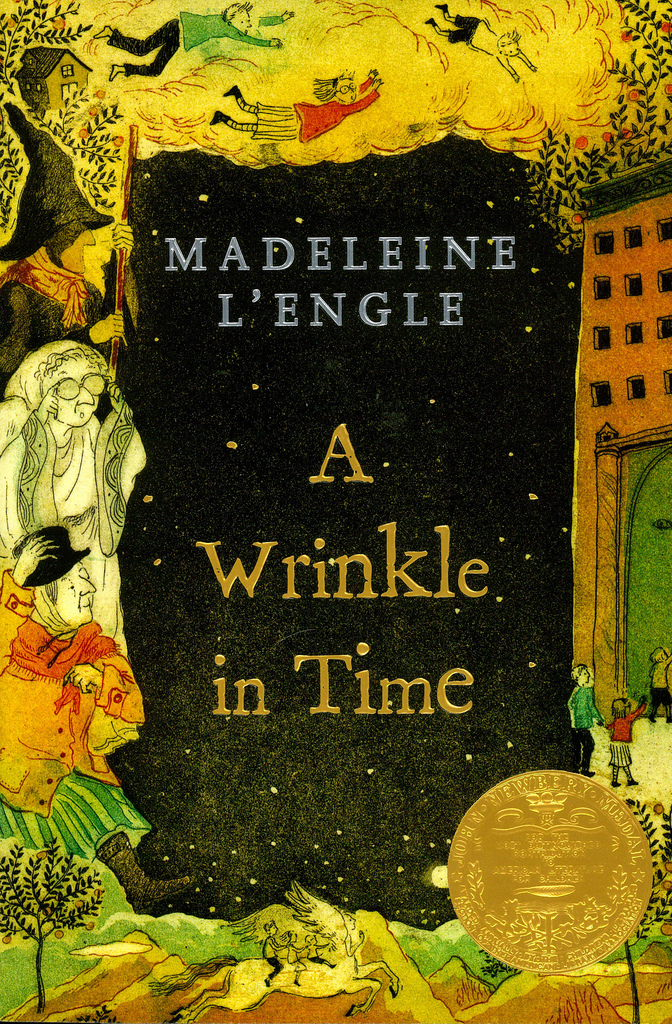In my article last month, we discussed the first of James Scott Bell’s signpost scenes in his plotting masterpiece Super Structure: The Key To Unleashing The Power of Story. We went through how first chapters must incorporate some sort of disturbance that upsets the routine of the protagonist’s ordinary world.
But readers won’t care about a disturbing event if they don’t care about who the event is upsetting—the protagonist. So how do we get readers to like our protagonist? Solution: the care package, Bell’s second signpost scene in his super structure.
The Care Package vs. Pet the Dog
First, I’d like to point out that the Care Package is not the same as the Pet the Dog beat, an event that occurs in Act II. So what’s the difference?
According to Bell, the Care Package is “a relationship the Lead has before the story begins.” In other words, this is a person, place, or thing that the protagonist cares about prior to the events in Act I. Such a concern gives readers a glimpse of the protagonist’s bond to someone or something other than her struggles and personal feelings. We will explore examples of such care packages later in this article.
Meanwhile, Bell describes the Pet the Dog beat as an event that happens in Act II when “the Lead takes a moment out of her own troubles to help someone weaker than herself.” Screenwriters might tag this beat the “save the cat” beat, coined by Blake Snyder in his screenwriting book Save the Cat! The Last Book on Screenwriting You’ll Ever Need.
Both the Care Package and the Pet the Dog scenes tug on the emotional strings of the reader. The difference is that the Care Package drives the protagonist (or Lead) before a story starts, whereas the Pet the Dog is a decision a protagonist makes during an external event in Act II.
Make sense?
 The Care Package in Madeleine L’Engle’s A Wrinkle in Time
The Care Package in Madeleine L’Engle’s A Wrinkle in Time
Considering the exciting buzz revolving around A Wrinkle in Time after the recent film release, let’s take a look at Meg Murray’s Care Package in Madeleine L’engle’s bestseller A Wrinkle in Time.
Remembering that the Care Package is a story element in Act I that enhances the reader’s connection to the protagonist, we needn’t look further than page four in the first chapter. Troubled by a stormy night, Meg sits awake in her bed replaying some of the ugly events that happened earlier that day. Such brief reflection gives the readers deeper insight on two people Meg cares about: her father, who has been MIA for some time, and her younger brother Charles Wallace. Careful not to dump too much information on us, L’engle describes why Meg participated in a fight earlier that day. The description is brief, but reflective of the kind of sister Meg is to Charles Wallace. This is the excerpt:
“And on the way home from school, as she walked up the road with her arms full of books, one of the boys had said something about her “dumb baby brother.” At this she’d thrown the books on the side of the road and tackled him with every ounce of strength she had, and arrived home with her blouse torn and a big bruise under one eye.”
What’s happened here? We have Meg, a twelve year-old girl who feels like an alien among her peers, reflecting on why she attacked a boy at school. And why was that? Because some pompous hotshot called Charles Wallace her “dumb baby brother.” Meg, known for her impatience and short temper, literally lunges at the boy to defend her brother’s reputation. Even though Charles Wallace doesn’t care about what other people say about him, Meg desires to protect her brother’s honor. Notice how this description suggests that the boy said nasty things about Meg, but she didn’t react until he targeted Charles Wallace. This establishes Meg as a loyal and protective sister, even if she doesn’t stand up for herself. Her impulsivity and warrior-like actions give us a reason to root for her.
Later on, we see Meg’s second Care Package factor: her father. Although Mr. Murray is not physically present for most of the novel, he is the reason Meg takes on the story’s adventure. Readers are aware from chapter one that Mr. Murray went missing after a secret government mission, and Meg’s distress over his absence is obvious in the way she sympathizes for her mother, and admits she wishes her father were “here.” Without knowing why her father is missing—and with his absence in general—Meg feels lost. She longs for Mr. Murray’s presence, which is why she later finds the courage to take on a dangerous mission in order to rescue him. But for now, in Act I, readers know Meg has a deep love and respect for her parent. This sense of love and longing makes her a protagonist readers can empathize with.
Why This Works
A protagonist with a Care Package relationship prevents them from seeming selfish, if not completely self-centered or unlikeable due to overpowering weaknesses. Readers don’t like selfish or whiny characters; the Care Package gives readers a reason to root for the protagonist—because they are fighting for something or someone bigger than the Lead.
 Don’t believe me? Think about why Breaking Bad was such a blockbuster hit despite the unspeakable, unforgivable things Walter White did.
Don’t believe me? Think about why Breaking Bad was such a blockbuster hit despite the unspeakable, unforgivable things Walter White did.
Walter White had a Care Package—two, in fact. The whole reason he gets into the meth cooking game is to earn enough money to support his wife and disabled son when he thinks he is dying from cancer. And then, after Walter survives cancer and falls deep within the drug world, he has a second Care Package in his concern for Jesse, Walter White’s former student and later meth-cooking-comrade.
Now, Walter and Jesse might appear like they want to tear the other’s heads off a good amount of the series, but let’s face it: no matter how terrible situations get, Walter goes out of his way to protect Jesse. Jesse becomes his number one Care Package after his family disowns him. Without his concern for Jesse’s well-being, we would hate Walter White.
Now It’s Your Turn!
Writers, now that you know what the Care Package element is, go back and read your first couple of chapters. Does your protagonist have a Care Package? Who or what is it? Do you create some sort of event that shows how your protagonist cares about this person, place, or thing?
If you do, fabulous! Go back to this section and see if you can increase tension in the scene by raising the stakes—i.e. make the event even harder for your protagonist to protect this Care Package.
If you don’t, no worries! Take the time to make a list of thirty potential Care Package factors for your protagonist. Then, go take a short walk. Come back and review your list. Pick your top two and write a short scene for each that shows how an external event unveils your protagonist’s Care Package.
For example, maybe your protagonist Cindy is a farmer’s daughter who loves cows, especially Maggie Moo. But when her father needs to sell Maggie Moo to a butcher, Cindy must step in to protect her favorite friend. What does Cindy do?
And last but not least, don’t judge your ideas before you write them. You never know what your creative mind is begging to get out. Don’t let your inner critic prevent you from exploring your best creative ideas! Let your imagination run wild! Find the joy in this exercise. Know your characters, and your Care Package will rise to the surface.
What is your Care Package? Did you notice another Care Package for Meg Murray? What are some other ways you can make your characters relatable? Share your thoughts in the discussion board using the #LetsTalkBooks
 Abigail K. Perry is a commercial fiction writer living in Massachusetts where she teaches creative writing and film production. She received her B.S. in TV, Radio, and Film from Syracuse University and her Master’s in Education from Endicott College. She has worked as a creative production intern in for Overbrook Entertainment and as a marketing and sales intern for Charlesbridge Publishing.
Abigail K. Perry is a commercial fiction writer living in Massachusetts where she teaches creative writing and film production. She received her B.S. in TV, Radio, and Film from Syracuse University and her Master’s in Education from Endicott College. She has worked as a creative production intern in for Overbrook Entertainment and as a marketing and sales intern for Charlesbridge Publishing.
Abigail is a member of the DIY MFA street team and a loyal follower of Writer’s Digest. You can read more about her work on her website www.akperry.com or follow her on Twitter @A_K_Perry.







